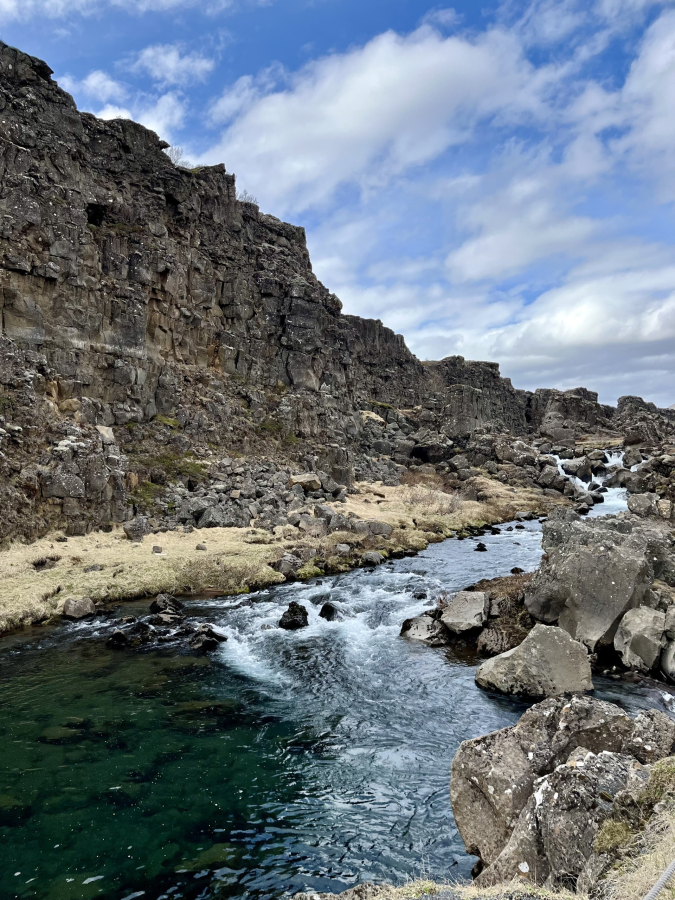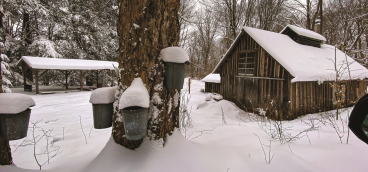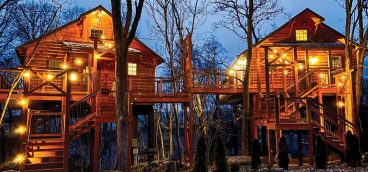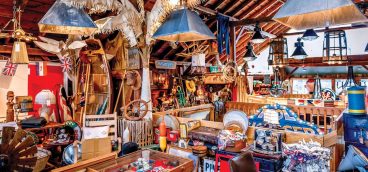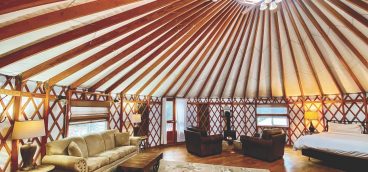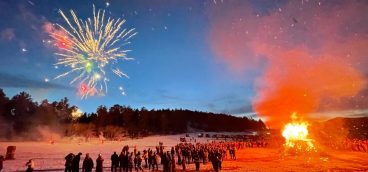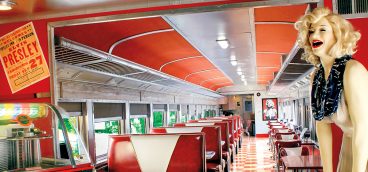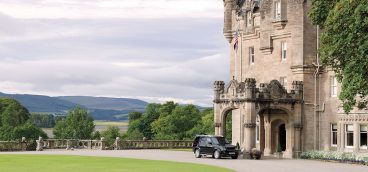The Wonders of Iceland
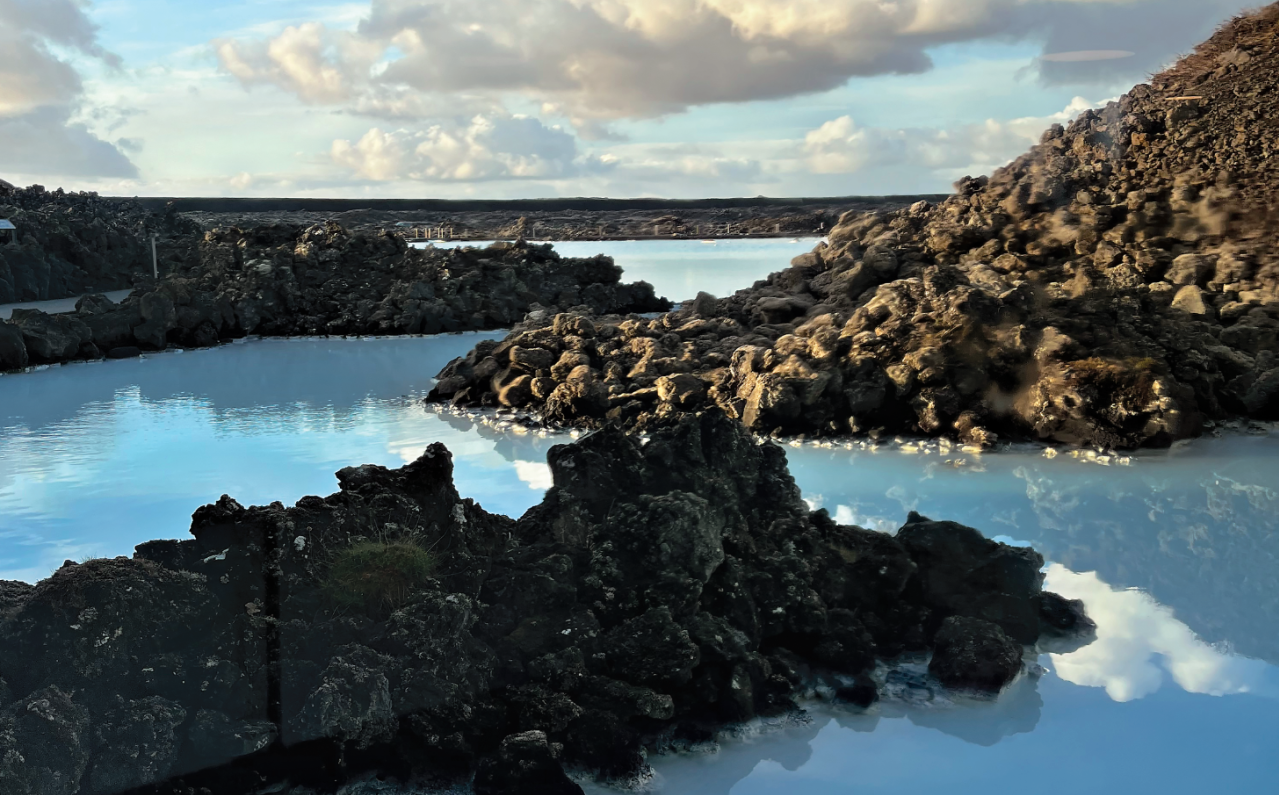
When you check into the luxurious Silica Hotel at Iceland’s famous Blue Lagoon, the receptionist mentions the possibility that the nearby volcano might erupt. The resort is built on lava fields that date back to the 1200s, but there are miles of fresh lava that stretch endlessly on either side of the highway in this remote southwestern region.
The instructions are simple: In the event of an eruption, take your passport and wallet, leave your suitcase and board the buses that can evacuate the area in 15 minutes. But any thought of danger flees quickly when one enters the thermal waters of the man-made lagoon. It’s an oasis in the middle of a lunar landscape that attracts tourists, Icelanders seeking to soak for the day and even the Kardashians, who filmed an episode of their TV show seemingly all over Iceland.
There is a public lagoon and two private ones attached to the hotels – the 35-room Silica, named for the healing white mud created when lava and seawater are heated by volcanoes, and The Retreat with its Michelin-starred restaurant and ultra-contemporary décor.
"Game of Thrones" was filmed here, among the Eurasian and North American tectonic plates in Thingvellir National Park
Here guests can step into the water directly from their rooms in exchange for roughly $2,600 a night. The Blue Lagoon’s Lava Restaurant, carved from rock, offers an exceptional menu.
As in much of Iceland, the food is superb and a cocktail culture seems to thrive. That’s all the more surprising given the harsh geography and the expense of importing much of the food that sustains the population of 400,000. And yet, one quickly realizes that Icelanders are a highly inventive and progressive people.
A recent trip on the Icelandair direct flight from Pittsburgh to the capital of Reykjavik took only five hours, but it feels light years away. The country is located between the tectonic plates of Eurasia and North America — you can walk through the divide and see where “Game of Thrones’’ was filmed — and it is rife with geysers, glaciers, waterfalls, mountains and volcanoes on mostly rocky land. It’s a hiker’s paradise but easy to tour by car, with long stretches of scenery in the Golden Circle — a route that features 22 waterfalls, Thingvellir National Park and the Geysir geothermal field.
Sheep graze on the lowlands, lamb is the most popular meat, and Icelandic street fare consists of lamb stew and the famous lamb hot dogs. Fortunately, Iceland also has great fisheries, with cod especially abundant.
Though few cows are in evidence, Icelandic horses are everywhere. They are small and strong and, because of their isolation, one of the purest breeds in the world. The herd was started by the Vikings 1,000 years ago and the prized horses can’t return to Iceland if they leave, nor are any other horses permitted to enter the country, thus protecting the bloodline. A visit to Icelandic Horse World, as tacky as it sounds, offers a remarkable opportunity to see the horses and learn that they have five gaits instead of the usual four, which makes them excellent for riding.
The horses share a sweetness of temperament and ability to withstand the climate. That’s also a helpful trait for tourists. Though the Gulf Stream helps to keep things temperate, it can be windy and cold, with the high temperature averaging 57 degrees Fahrenheit in July, the warmest month. And then there is the sun, or lack of it depending on the season. In summer, the sun shines for 20 to 22 hours. In winter, it’s a scant four hours. Icelanders have adapted remarkably to both the land and the light.
Fridheimar Farm is a perfect example. The largest grower of tomatoes in Iceland, the family business boasts 18 greenhouses with geothermal heat and glacier water. The tomatoes are grown vertically on tall frames, with 14-18 hours of daylight provided year-round. No pesticides are used — good bugs are imported to eat the bad ones, and bees do all the pollinating. A charming restaurant inside the main greenhouse features a menu of tomato offerings, including tomato beer, green tomato and apple pie with tomato ice cream, and a legendary tomato soup served with giant loaves of crusty bread.
Hearty bread and hearty soup turn out to be the mainstays of a hardy people. Soup is a staple everywhere in Reykjavik, from the seafood chowders at the Seabaron by the harbor to the elegant lobster bisques served at exclusive restaurants. One of the newest, Amber & Astra, presents traditional Icelandic fare with a sophisticated French twist, but a walking food tour of the city (yourfriendinreykjavik.com) highlights the breadth of offerings that include wonderful pastries at the numerous coffee shops and the city’s first Italian restaurant, which opened in 1979.
Drinking is the other pastime, along with a bustling, friendly bar scene in the heart of Reykjavik that lasts until the wee hours. Interspersed with a bevy of gift shops (selling lava salt, licorice and woolens — but buy the traditional Icelandic sweaters at the weekend flea market) and expensive clothing stores, including the Patagonia of Iceland, North 66, is a bar for every taste. The Bookstore has three levels of books, booze, tables and a stage with live music every night. The Lebowski Bar promises The Dude Abides with its bowling pin décor inspired by the Coen Brothers’ stoner comedy. Though the town is big on flavored gins, the local Reyka vodka was a welcome discovery — and it’s carried at state stores in Pittsburgh!
Much of Reykjavik is historic, but it’s also the center of commerce and government, being pretty much the only city. An astonishing array of modern architecture is prevalent in the financial district, with the characteristic square, modular structures built to withstand earthquakes. The massive Harpa Concert Hall is home to the Iceland Symphony and Icelandic Opera and serves as a conference center. The giant domed Perlan, a six-story structure that rests on the city’s reservoir, offers a stunning view of the city and the landmark Hallgrimskirkja Church.
If you want to experience a quieter side of Iceland, head to Hotel Ranga on the South Coast. It sits in the middle of a vast landscape, and the long drive leads to the log hotel owned and decorated by Fredrik Palsson, a retired seafood executive whose global travels led him to decorate each suite with a theme. Mine was North America — a buffalo head graced one wall, a bearskin and canoe another, with Native American décor scattered among the log furniture. Warm (everything inside in Iceland is warm thanks to geothermal heating) and inviting, the oversized copper tub was the perfect place to relax before an exquisite dinner, with specialties including reindeer, in the elegant dining room.
The Kardashians stayed here during their travels, though the gentlemanly Palsson had to kick them out of the hot tub after hours. It’s hard to imagine that clan in such a bucolic spot, but they must have welcomed the sense of privacy and serenity.
You can fly direct to Reykjavik on Icelandair through Oct. 22. It’s also a great jumping-off point for other places in Europe — but spend a few days exploring first. Iceland is a land like no other: rugged, stark and magnificent.
Marylynn Uricchio is the former film critic and Seen editor for the
Pittsburgh Post-Gazette. She is now writing fiction.

